Eglise de Chungdong (정동교회)
3.2Km 2020-06-25
46, Jeongdong-gil, Jung-gu, Seoul-si
+82-2-753-0001
Introduction :
L’église de Chungdong, dont la construction fut achevée en 1989, est la première église protestante de Corée. A sa construction, sa surface était de 380 m², mais d’autres bâtiments ont été rajoutés à chaque aile en 1926, et elle mesure à présent environ 580 m².
L’église de Chungdong a été déclarée 256ème plus grand accomplissement, et possède une architecture de style gothique nord-américain. A l’intérieur se trouve un buste de son fondateur, le pasteur Appenzeller, et un monument commémoratif pour son 50ème anniversaire. En 1889, l’église a été mentionnée dans le mensuel « Church » comme étant la première église de Corée à proposer des cours d’étude de la Bible en été, et pour le travail de ses missionnaires. L’église de Chungdong se trouve au coeur de la charmante rue de Chungdong, particulièrement belle en automne, lorsque les pavés sont tapissés de feuilles mortes. Le quartier entier représente une intéressante destination touristique, car on y trouve également le théâtre Chungdong, le palais de Deoksugung et le musée d’art de Séoul.
Hangeureut (한그릇)
3.2Km 2021-03-18
136, Samcheong-ro, Jongno-gu, Seoul
+82-2-720-5613
A store that also serves delicious meat noodles. The best menu at this restaurant is rice soup. This is a Korean cuisine located in Jongno, Seoul.
Musée d'histoire Baejaehakdang (배재학당역사박물관)
3.2Km 2021-10-05
Séoul, Junggu, Seosomun-ro 11gil 19
+82-2-319-5578
Baejaehakdang est la première école d'architecture occidentale construite en Corée, en 1885 par Henry Gerhart Appenzeller (1858~1902). Le but premier de cette structure était l'enseignement de l'anglais, avant de devenir un grande centre d'instructions ayant formé quelques grands intellectuels en Corée. La structure est divisée en plusieurs écoles, avec son université, son lycée, et son collège.
Musée d'histoire de Baejaehakdang
Le musée a été fondé dans les murs du bâtiment Baejaehakdang en 2008, bâtiment classé au patrimoine coréen. En plus des expositions régulières et temporaires, le musée propose également des programmes d'éducation.
Nunnamujip (눈나무집)
3.2Km 2020-06-16
136-1, Samcheong-ro, Jongno-gu, Seoul
+82-2-739-6742
Nunnamujip is famous for a North Korean dish called, “Kimchi mari guksu”, which is a noodle dish in cold kimchi soup containing toasted laver, a boiled egg, and sesame. The soup is refreshingly cold and a little spicy. For “Kimchi mari bap”, a bowl of rice is put into cold kimchi soup instead of noodles. The taste is very unique. In addition to Kimchimari, “Tteokgalbi” is a popular dish on the menu as well.
The main restaurant is located in the basement, which has only limited seating capacity with a few tables. As a result, many people usually wait in line for lunch or dinner. A second franchise has opened in a three-story building across the street. To enjoy a quaint atmosphere, the first establishment is better, but the new one’s interior design is much more modern and fancier, giving it a fresh altering look.
La Cucina (라 쿠치나)
3.2Km 2019-08-01
10, Hoenamu-ro 44ga-gil, Yongsan-gu, Seoul
+82-2-794-6005
La Cucina, located across from the main gate of the Grand Hyatt Seoul, is an Italian restaurant that opened in 1990. The kitchen of the restaurant is divided into five different sections each offering its own carefully selected cuisine. The main menu includes lobster spaghetti, Mediterranean seafood spaghetti and grilled lamb.
The restaurant offers over 700 bottles of wine from its cellar located in the basement of the restaurant. An in-house sommelier will assist you in choosing the best wine. At night, you may enjoy a fantastic view of the Namsan Seoul Tower while dining out on the terrace.
Darakjeong (다락정)
3.2Km 2021-03-26
131-1, Samcheong-ro, Jongno-gu, Seoul
+82-2-725-1697
Darakjeong has been popular for a long time because of the simple taste of its traditional Mandu (Korean stuffed dumpling). Since its opening in 1991, tasty soup and scrumptious Mandu have been served. A fist-sized Mandu is fully packed with seasoned meat, bean-curd, and various vegetables. Its thick dough makes it chewy and delightful. For one person, “Manduguk”(boiled dumpling soup) is a good choice. The delicious and nourishing taste of Mandu goes well with the sweet, spicy, and fresh taste of the soup. Manduguk is served in a brass bowl which keeps the food warm while eating. For a large-size group, “Mandujeongol” cooked with various vegetables in a casserole is recommended. There are two types of Mandujeongol that have different tastes. The main characteristic of “Kimchi Mandujeongol” is its spicy flavor, which reminds people of the refreshing taste of Kimchi soup, and “Tojang Mandujeongol” expounds on the savory taste of bean-paste soup. Tojang means folk soybean-paste. “Nokdujeon”(a Korean pan-fried dish with green mung bean) is another famous dish at Darakjeong, which is pan-fried with a very light seasoning to emphasize the original taste of Nokdu (green mung bean). Salted oysters with hot pepper are served with Nokdujeon instead of soy sauce, which is a perfect match.
Enceinte de l’ancienne légation russe (구러시아공사관)
3.2Km 2020-06-18
21-18, Jeongdong-gil, Jung-gu, Seoul-si
+82-2-3396-5882
La légation russe a été bâtie dans le style de la renaissance en 1890. C’est l’architecte russe A. J. Scredin Sabatine qui en a conçu la structure. En 1895, à l’époque de la dynastie Joseon, a eu lieu l’incident de Eulmisabyeon, pendant lequel le Japon a fait une démonstration de force. Alors que des luttes de pouvoir éclataient entre le Japon, la Chine, la Russie et d’autres puissances, l’Impératrice Myeongseong-hwanghu émergeait en tant que personnalité forte de la Corée. Elle était considérée comme une menace par le Ministre japonais Miura Goro, qui a donc ordonné son assassinat. Après avoir appris la nouvelle de l’assassinat de l’Impératrice, le roi Gojong et le prince héritier ont trouvé refuge dans l’ambassade russe pendant un an.
Après 1945, l’Union Sovétique a réinvesti l’ambassade, jusqu’à ce qu’elle soit presque entièrement détruite durant un incendie pendant la Guerre de Corée (1950-1953). Les seules parties rescapées sont la tour et les sous-sols. Le bâtiment a été restauré dans son état actuel en 1973 et c’est à présent un jardin public très apprécié.
Suyeonsanbang (수연산방)
3.2Km 2016-12-16
8, Seongbuk-ro 26-gil, Seongbuk-gu, Seoul
Suyeonsanbang, a traditional Korean tea house located in Seongbuk-dong, was originally the house where the late Korean author Lee Tae-Jun wrote many of his books. Now, his estate has opened Suyeonsanbang’s doors to the public in the form of a charming and peaceful tea house. Famous for its savory tea, beautiful nature, and rich history, Suyeonsanbang has been covered by a variety of foreign media outlets like NHK (Japan), BBC (UK), French TV channels, and numerous Japanese magazines. To take a break during the summer heat, visitors come to Suyeonsanbang to try their patbingsu (shaved ice with red beans), one of its summer specialties. So come relax and be inspired in this traditional Hanok tea house.
Musée Daelim (대림미술관)
3.2Km 2019-07-18
35-1 Tongui-dong Jongno-gu Seoul-si
+82-2-720-0667
Le Musée Daelim, fondé par le Groupe Daelim, fut d’abord établit à Daejeon en 1996 et fut deplacé plus tard à Jongno (Séoul), en 2002. Cette galerie d’art étudie, analyse et présente l’art moderne à travers la photographie et organise des expositions centrées sur le média photo.
Le musée est situé dans la zone résidentielle de Tongui-dong, près du Palais de Gyeongbokgung. Elaboré par un architecte français, Vincent Cornu, et construit par l’entreprise Daelim, il a ouvert ses portes en mai 2002.
Au rez-de-chaussée se trouvent un jardin, un parking, une réception, un espace de rangement, et une salle de conférence. Au premier et au deuxième se trouvent les bureaux ainsi qu’une salle d’expositions de 595m² consistant en une petite et une grande salle, une longue galerie ainsi qu’un espace possédant un haut plafond. Au troisième étage vous trouverez une salle pour les séminaires pouvant accueillir 120 personnes ainsi qu’un balcon avec une très jolie vue d’où vous pourrez admirer les monts Inwangsan et Bukhansan. Les panneaux en verre teinté (créés afin de refléter la beauté des tissus traditionnels coréens) et les pittoresques salons au premier et au deuxième ajoutent à l’ensemble un certain charme.
Par-dessus tout, le musée fut élaboré en considérant les photos, lesquelles sont très sensibles à l’humidité, la lumière et la température.
Grand Hyatt Seoul (그랜드 하얏트 서울)
3.3Km 2021-02-27
322, Sowol-ro, Yongsan-gu, Seoul
+82-2-797-1234
The Grand Hyatt Seoul is an international business hotel located 10 minutes away from the center of the city and 20 minutes away from Yeouido and Gangnam, boasting a view of the Hangang River to the south and the scenery of Namsan Mountain to the north. It is also located only 70 minutes and 50 minutes away from Incheon International Airport and Gimpo International Airport respecitvely, making the hotel a convenient option for international travelers.
Grand Hyatt Seoul has twelve restaurants and bars that serve authentic meals and develop menus that lead the culinery trend. The hotel is also equipped with conference rooms, sports facilities, and spa services.
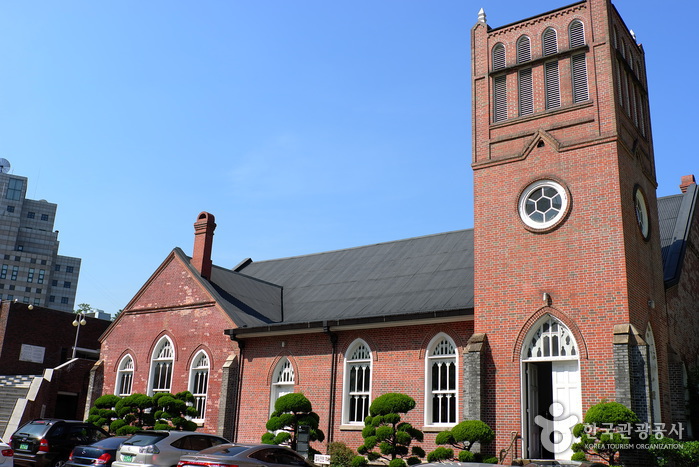
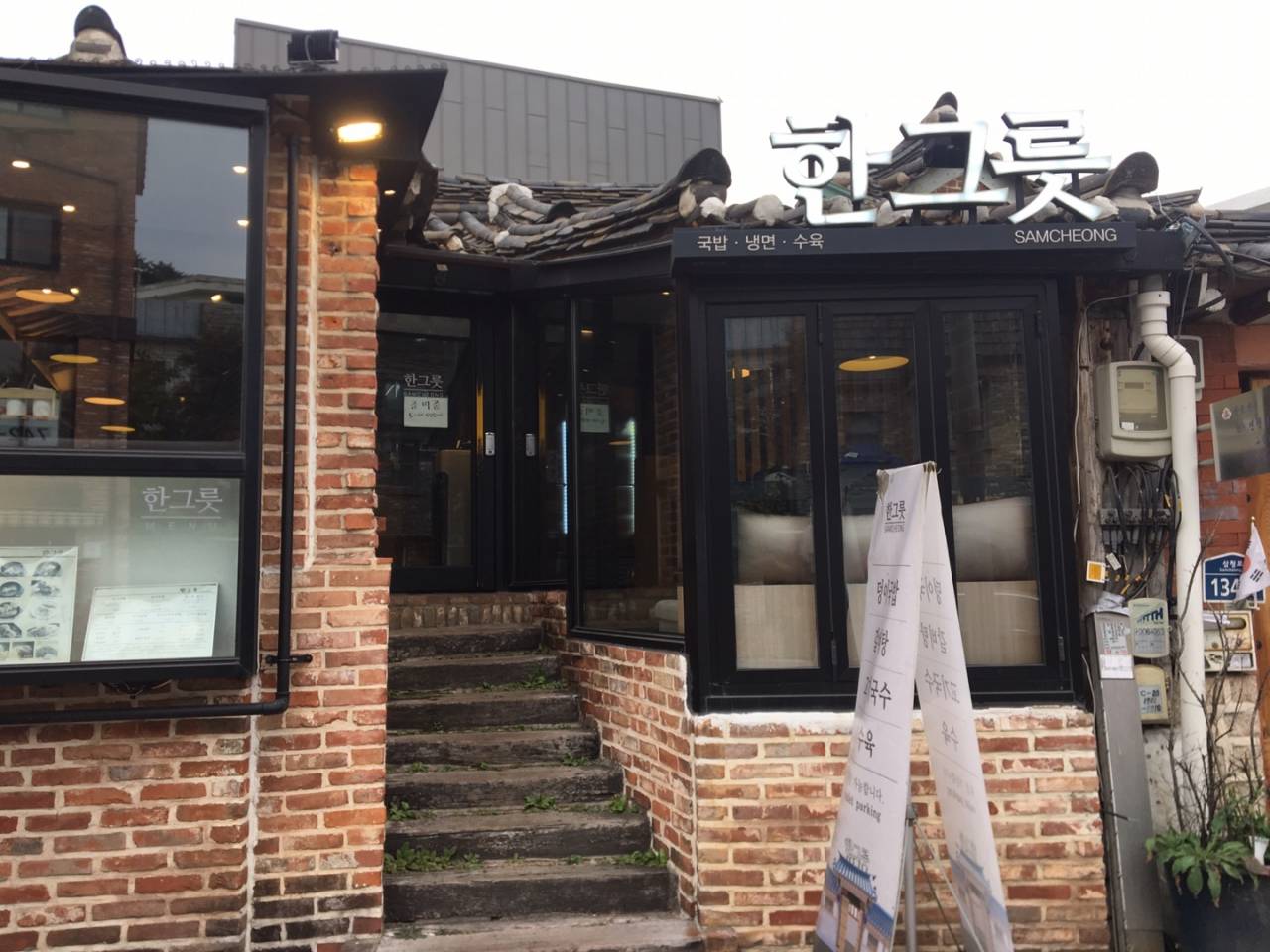
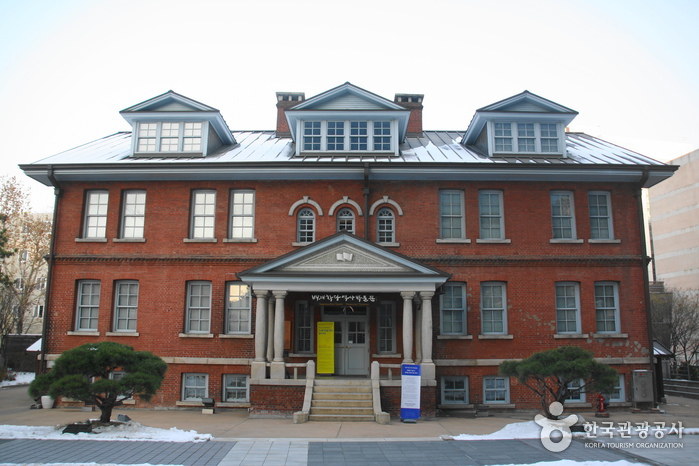
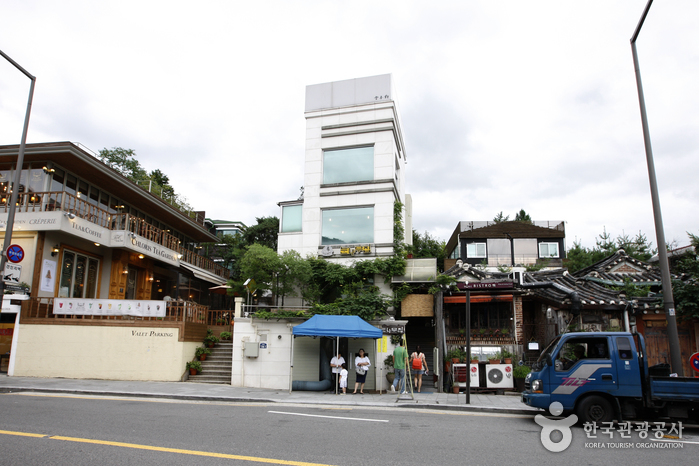
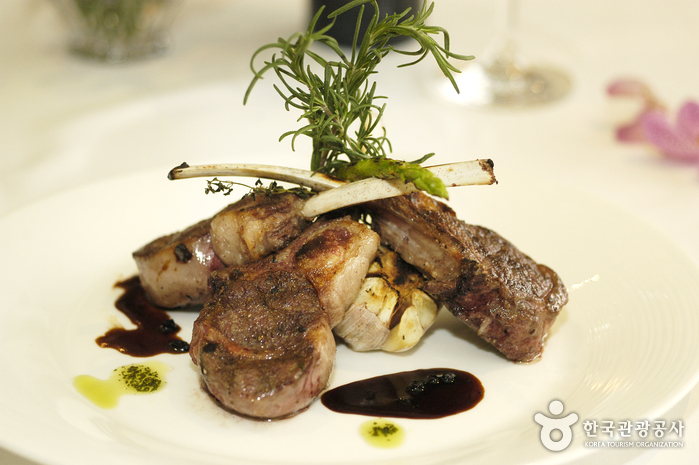
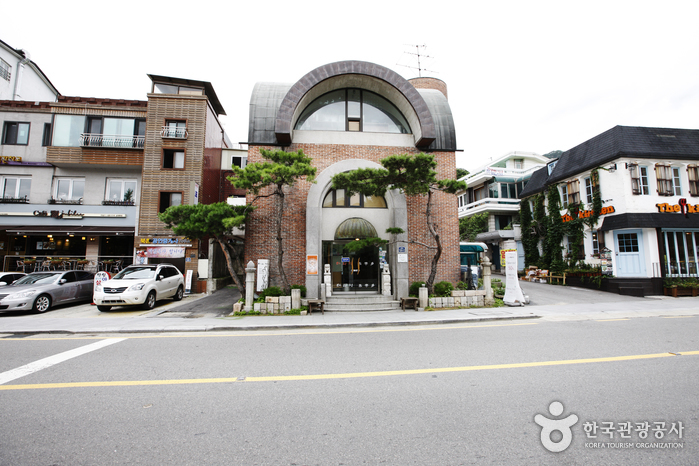
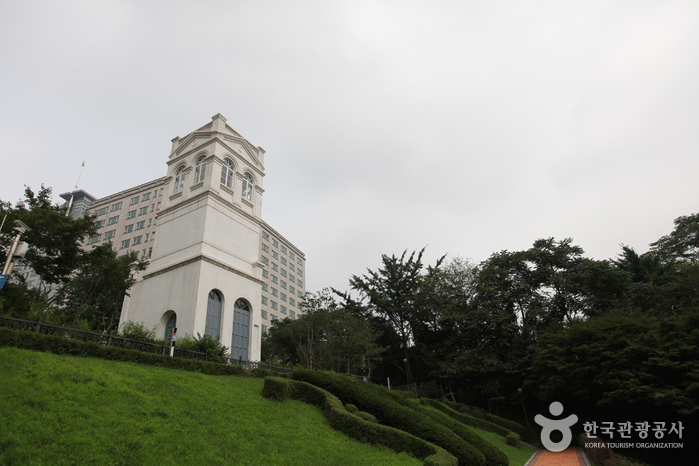
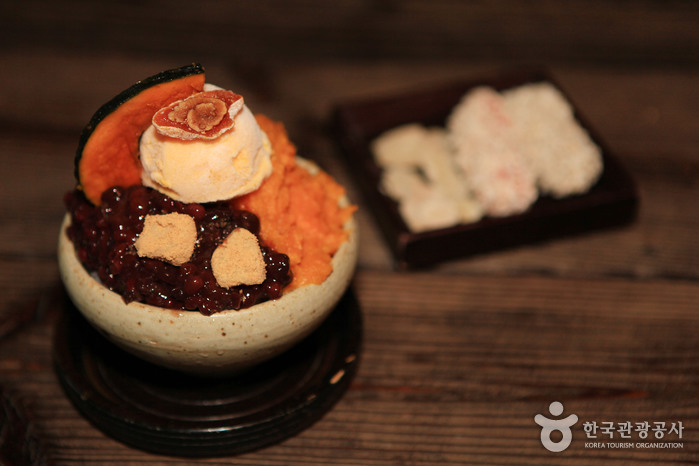
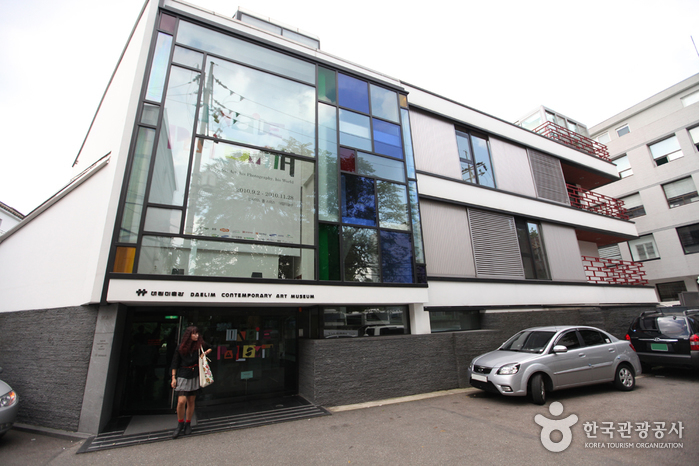

 Français
Français
 한국어
한국어 English
English 日本語
日本語 中文(简体)
中文(简体) Deutsch
Deutsch Español
Español Русский
Русский